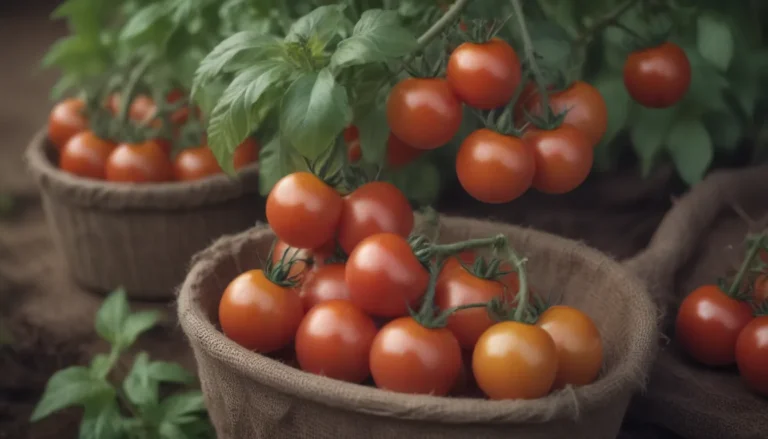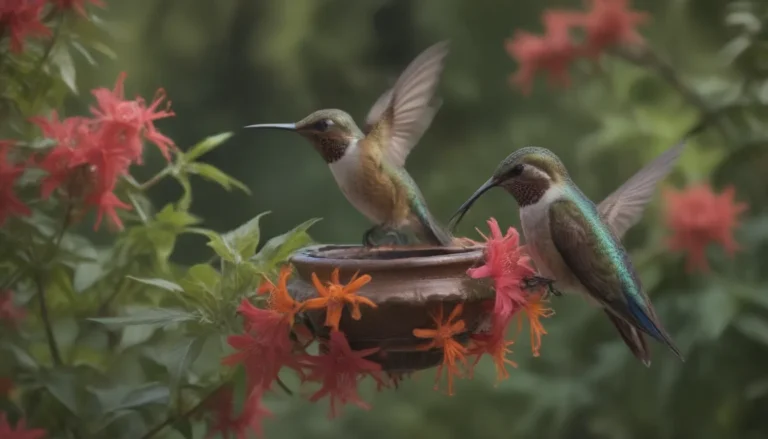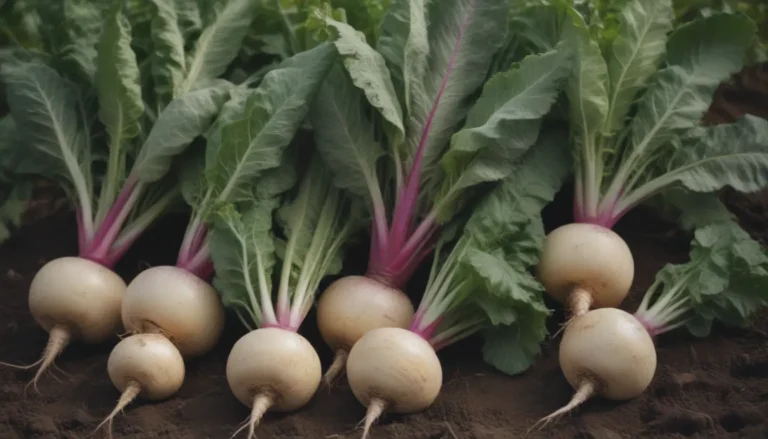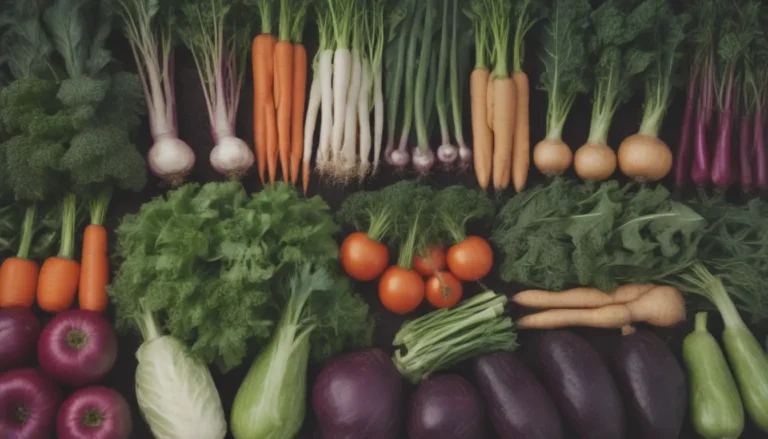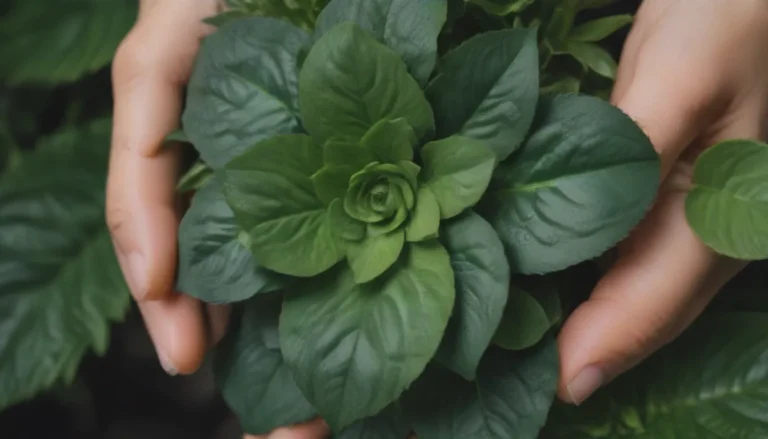Ultimate Guide to Growing and Caring for Pilea Involucrata (Friendship Plant)

If you’re looking to add a touch of metallic beauty to your indoor garden, Pilea involucrata, also known as the friendship plant, should be at the top of your list. With its deeply veined leaves in shades of bronze and silver, this plant is sure to be a stunning addition to your home. Nestled in the Pilea family, this particular plant is identifiable by its ovate, opposite pairs of leaves that set it apart from its cousin, Pilea mollis.
In this comprehensive guide, we will delve into all things Pilea involucrata – from its care requirements to propagation techniques and common problems to watch out for. Let’s embark on a journey to ensure your friendship plant thrives and flourishes in your home.
Pilea Involucrata Care Tips
Whether you’re a seasoned plant parent or a newbie looking to expand your green thumb, caring for Pilea involucrata can be a rewarding experience. Here are the essential care requirements to keep your friendship plant happy and healthy:
Light
Pilea plants thrive in dappled, filtered light reminiscent of their natural habitat on rainforest floors. Avoid exposing your plant to direct sunlight, as this can scorch its delicate leaves. Opt for a bright, indirect light setting, such as a south or west-facing window in your home. A kitchen counter can be the perfect spot for your Pilea involucrata to bask in the gentle glow of sunlight.
Soil
When it comes to soil, Pilea involucrata prefers rich, loamy, well-draining soil that retains moisture without becoming waterlogged. A combination of compost, perlite, and coco coir strikes the perfect balance, allowing for adequate drainage while keeping the soil moist. This blend ensures your plant’s roots have access to the nutrients they need to thrive.
Water
Consistent moisture is key for Pilea involucrata, so be sure to water your plant regularly. However, be cautious not to overwater, as this can lead to root rot. To determine if your plant needs watering, simply check the top inch or two of soil – if it’s dry, it’s time to water. During the growing season, water more frequently, but cut back in winter to prevent waterlogging.
Temperature and Humidity
Maintaining moderate to high humidity levels is essential for the well-being of your friendship plant. Aim for humidity levels around 60 percent or higher to create a tropical haven for your Pilea involucrata. You can increase humidity by placing the plant in a terrarium, near a humidifier, or on a pebble tray. Keep the plant in temperatures ranging from 60 to 80 degrees Fahrenheit for optimal growth.
Fertilizer
Pilea involucrata isn’t picky when it comes to fertilizer. Provide your plant with a well-balanced liquid fertilizer diluted to half strength once a month during the growing season for the best results. Remember to withhold fertilizer during the winter months to give your plant a rest period.
Propagating Pilea Involucrata
One of the endearing qualities of Pilea involucrata is its ease of propagation, which earned it the moniker of friendship plant. By propagating your plant through stem cuttings, you can create a flourishing collection to share with friends. Here’s how to propagate your Pilea involucrata:
- Prepare the materials: You will need a pot with drainage holes, well-draining soil, rooting hormone, a pair of snips, and a plastic bag.
- Take stem cuttings: Carefully snip a healthy stem from your Pilea, ensuring it has several nodes.
- Plant the cuttings: Dip the cut end of the stem in rooting hormone and plant it in the soil.
- Create a mini greenhouse: Place a plastic bag over the pot to create a humid environment for the cuttings to root.
- Monitor and care: Keep the soil moist and provide indirect light to encourage root development.
With these simple steps, you can propagate your Pilea involucrata and share the joy of this stunning plant with others.
Potting and Repotting Pilea Involucrata
While Pilea involucrata remains petite in size and grows at a moderate rate, it may require repotting every couple of years as it matures. Look out for signs of root binding, such as roots poking out of the drainage holes, indicating the need for a larger pot. When repotting your friendship plant, follow these guidelines:
- Choose the right pot size: Select a pot that is one to two inches larger than the current pot to provide ample space for growth.
- Repot with care: Gently remove the plant from its old pot and transfer it to the new container with fresh, well-draining soil.
- Maintain consistency: Water your plant after repotting and continue to care for it as usual to minimize stress.
By repotting your Pilea involucrata when necessary, you create a conducive environment for its growth and well-being.
Common Problems with Pilea Involucrata
While Pilea involucrata is a resilient plant under the right conditions, it may encounter some challenges along the way. Here are some common problems to watch out for and how to address them:
Brown Edged Leaves
If you notice brown edges on your friendship plant’s leaves, it’s a sign of low humidity levels. Increase humidity by placing the plant near a humidifier, using a pebble tray, or misting the leaves regularly. By providing adequate moisture, you can help your Pilea involucrata thrive and maintain its vibrant appearance.
Yellow, Drooping Leaves
Yellow, drooping leaves can signal overwatering, leading to potential root rot. Allow the soil to dry out before watering again, and replace waterlogged soil with a well-draining mix. Inspect the roots for signs of rot and take corrective measures to salvage the plant. By adjusting your watering practices, you can prevent further damage to your friendship plant.
In conclusion, Pilea involucrata, or the friendship plant, is a delightful addition to any indoor garden with its unique foliage and easy care requirements. By providing the right light, soil, water, temperature, and humidity levels, you can ensure the health and vitality of your Pilea. Remember to propagate and repot your plant as needed, and address any common issues promptly to foster a thriving environment for your friendship plant.
Embrace the beauty and charm of Pilea involucrata in your home, and enjoy the rewarding experience of nurturing this delightful plant. Happy growing!
